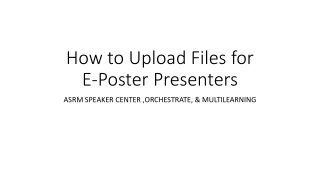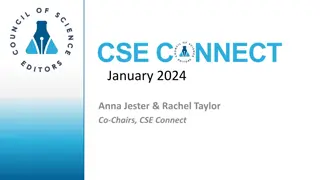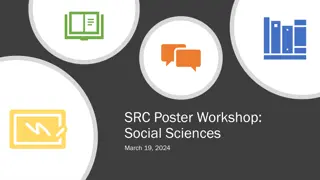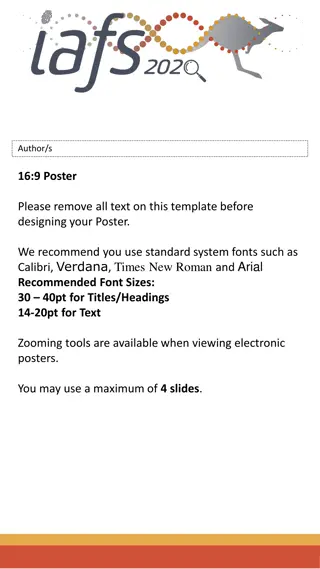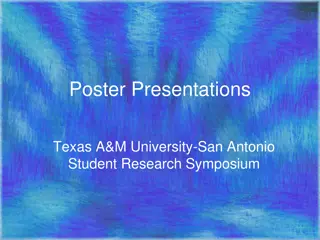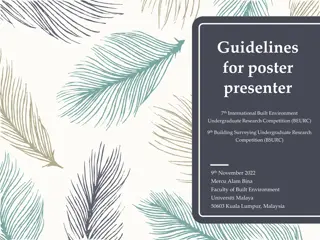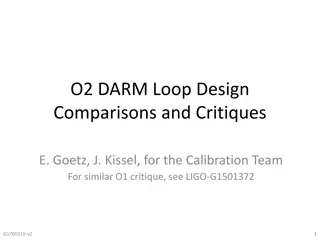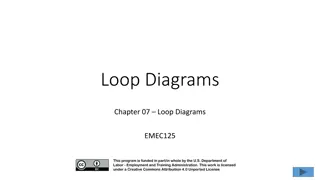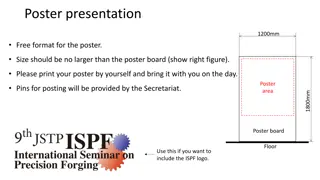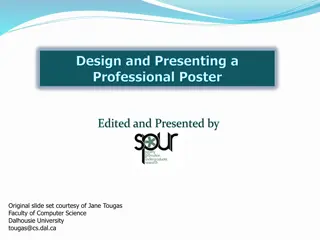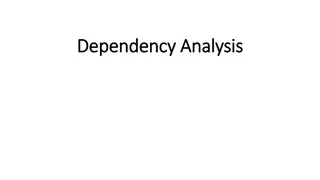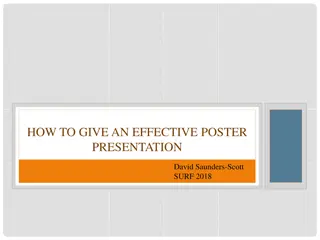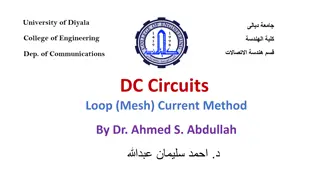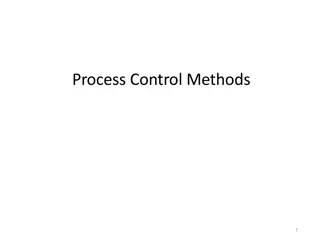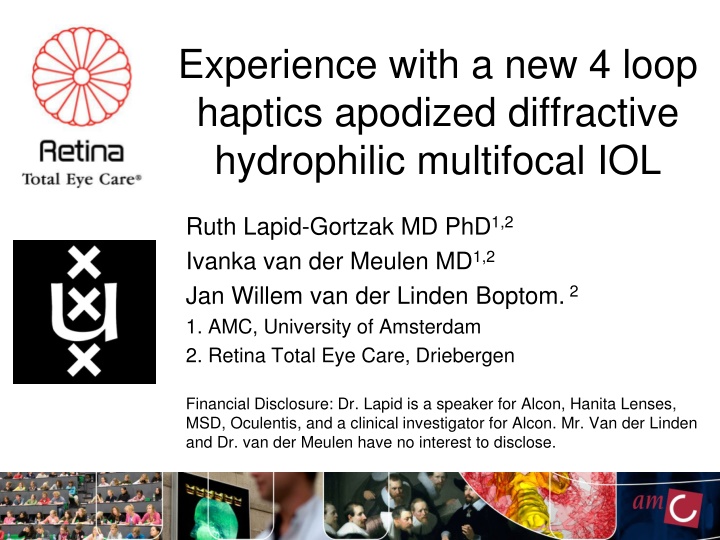
New 4-Loop Haptics Apodized Diffractive Multifocal IOL Study
Explore the outcomes of a study on a new 4-loop haptics apodized diffractive hydrophilic multifocal IOL, BunnyLens, in terms of visual acuity, refraction, and halos incidence at 3 months post-implantation. The study compares results with other IOL cohorts and highlights positive performance of the BunnyLens IOL.
Download Presentation

Please find below an Image/Link to download the presentation.
The content on the website is provided AS IS for your information and personal use only. It may not be sold, licensed, or shared on other websites without obtaining consent from the author. If you encounter any issues during the download, it is possible that the publisher has removed the file from their server.
You are allowed to download the files provided on this website for personal or commercial use, subject to the condition that they are used lawfully. All files are the property of their respective owners.
The content on the website is provided AS IS for your information and personal use only. It may not be sold, licensed, or shared on other websites without obtaining consent from the author.
E N D
Presentation Transcript
Experience with a new 4 loop haptics apodized diffractive hydrophilic multifocal IOL Ruth Lapid-Gortzak MD PhD1,2 Ivanka van der Meulen MD1,2 Jan Willem van der Linden Boptom.2 1. AMC, University of Amsterdam 2. Retina Total Eye Care, Driebergen Financial Disclosure: Dr. Lapid is a speaker for Alcon, Hanita Lenses, MSD, Oculentis, and a clinical investigator for Alcon. Mr. Van der Linden and Dr. van der Meulen have no interest to disclose.
Purpose To report the outcomes in terms of visual acuity, refraction, incidence of halos at 3 months after implantation with a new 4 loop haptic apodized diffractive hydrophilic multifocal IOL (MFIOL), the BunnyLens (Hanitalenses, Israel)
Methods: Prospective interventional case cohort Standard phacoemulsification 2.2 mm incision, either for cataract or refractive lens exchange. Outcome measures: uncorrected and corrected distance acuity, uncorrected near acuity, incidence of halos, historical comparison with cohorts of apodized diffractive hydrophilic lenses, (SeeLens MF, Hanitalenses, Israel) apodized diffractive hydrophobic lens (SN6AD1, ReSTOR, Alcon), and a radially asymmetric refractive IOL (LS-312 , Mplus lens, Oculentis, Germany)
Results at 3 months postoperatively: LogMAR + SD 0.02 + 0.14 -0.06 + 0.01 0.10 + 0.15 0.29 + 0.18 Other parameter: UCDA CDVA UNA @40 cm UNA @60 cm Incidence of dysphotopsias 3 of 19 patients 15.8% Range of postoperative refraction Mean postop spherical equivalent refraction Complications 0.20 D + 0.5 -0.75D to +1.5 D +0.16 D + 0.18 D None
Historical Comparison BunnyLens MF SeeLens MF ReSTOR SN6AD1 Mplus LS-312 MF30 Eyes 38 48 143 90 Post-op SE 0.20 D + 0.50 -0.03 D + 0.38 0.12 + 0.37 0.08 + 0.31 Range SE +1.5 to -0.75 +0.875 to -0.675 +1.0 to -1.0 +1.0 to -0.75 UDVA 0.02 + 0.14 (1.0-) -0.02 + 0.02 (1.0+) 0.04 + 0.09 (1.0-2) 0.04 + 0.15 (1.0-2) CDVA -0.06 + 0.01(1.0+3) -0.05 + 0.08 (1.0+2) -0.04 + 0.05 (1.0+2) -0.02 + 0.03 (1.0+1) UNVA@40cm 0.10 + 0.15 (0.8) (J=2) 0.06 + 0.09 (J=2++) (0.8++) 0.08 + 0.09 (0.8+) (J=2+) 0.16 + 0.21 (0.63++) (J=3++) Halos 15.4% 12% 18.1% 18.9% Material Hydrophilic Hydrophilic Hydrophobic Hydrophilic Principle Apodized Diffractive Apodized Diffractive Apodized Diffractive Refractive Asymmetric 1) van der Linden et al, JCRS January 2012 2) van der Linden et al, International Ophthalmology, January 2013
Conclusion: 1. The BunnyLens MF (Hanita Lenses, Israel) performs well in a small prospective cohort. 2. The IOL performs on par with historical data of other lenses, like the SeeLens MF (Hanita Lenses), the SN6AD1 (Restor, Alcon, USA), and the LS-312 (Mplus, Oculentis, Germany 3. The hydrophilic apodized diffractive type of IOL seems to induce less dysphotopsias, but more study is needed to confirm this.

